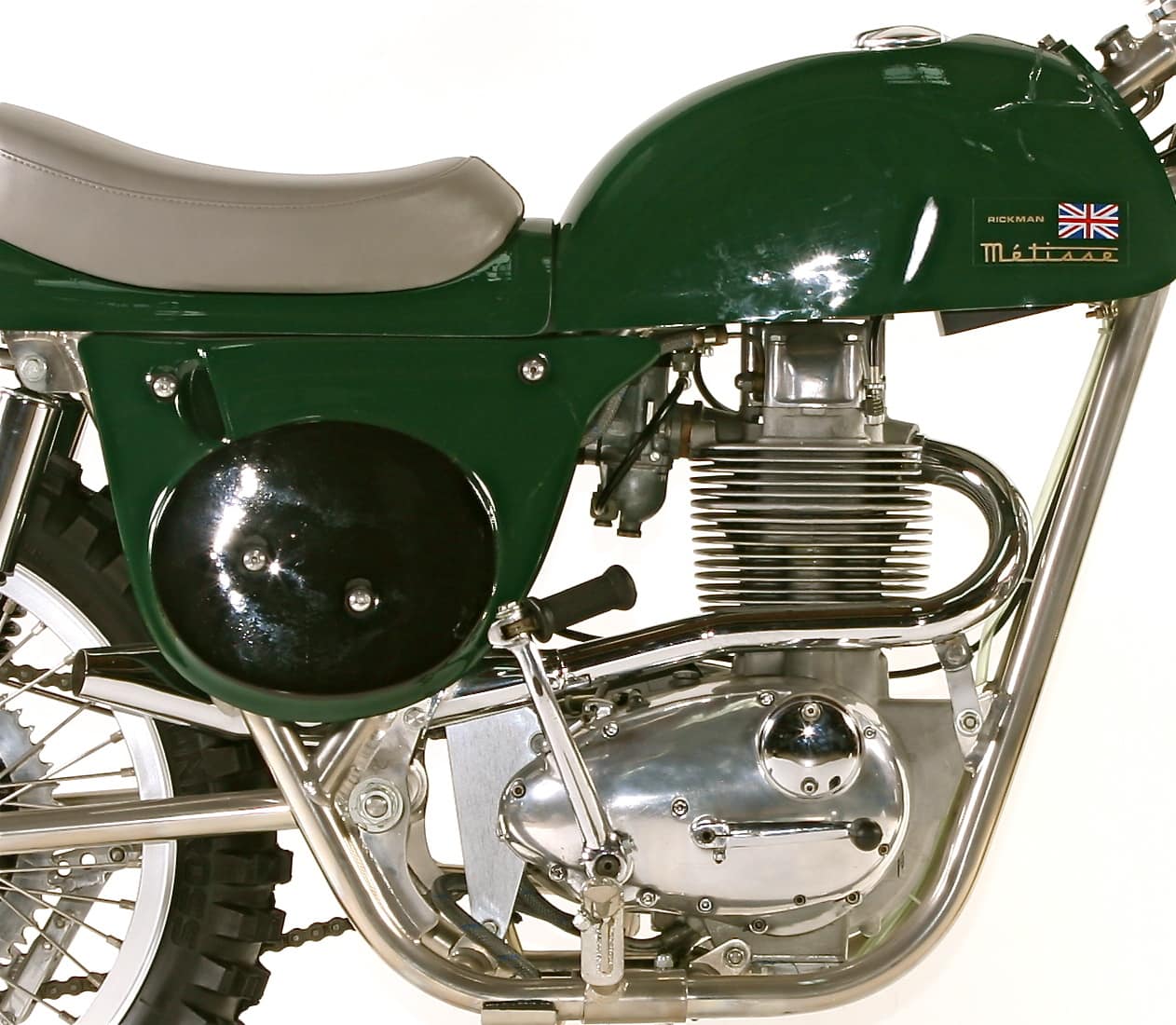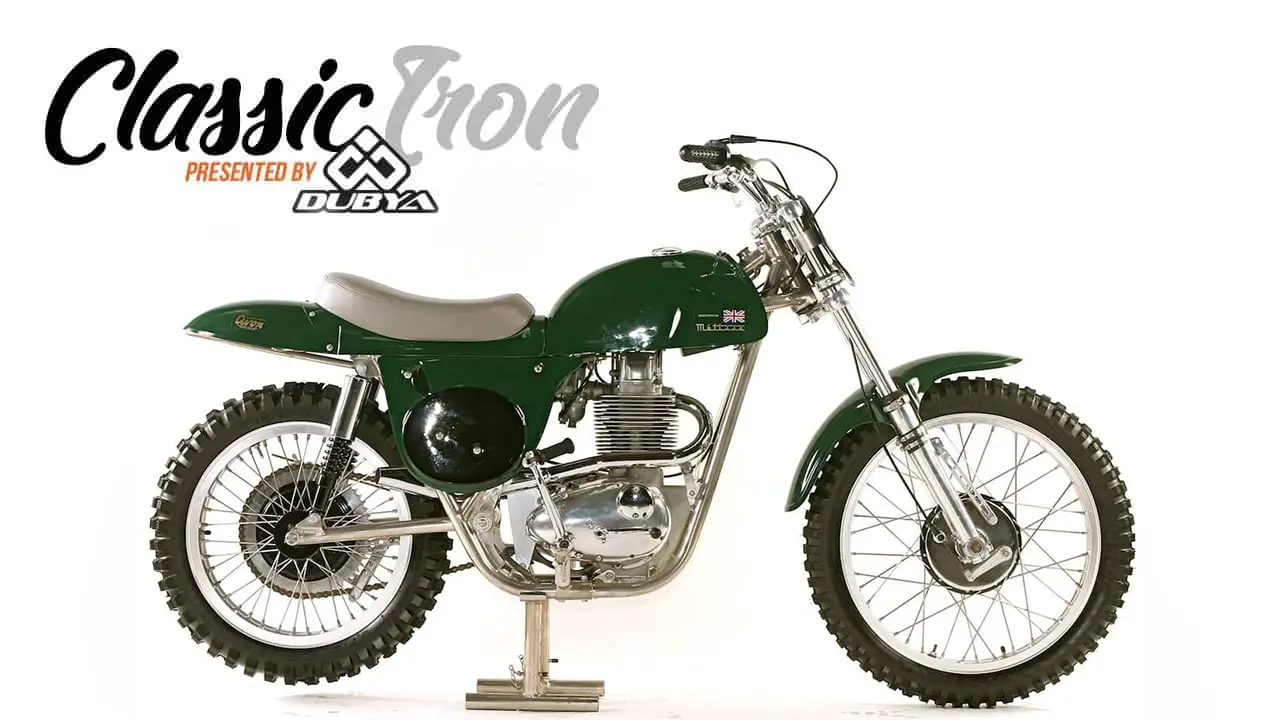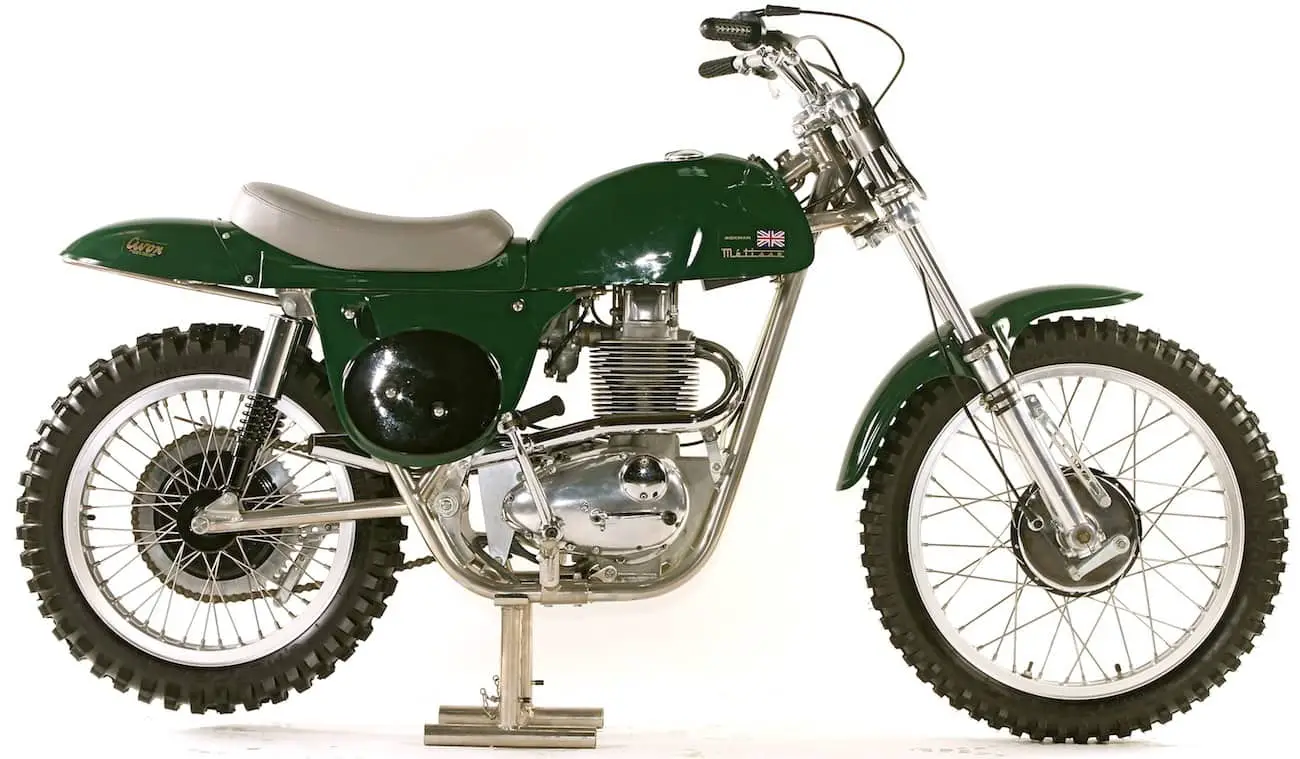CLASSIC MOTOCROSS IRON: 1968 RICKMAN METISSE MK. IV BSA B44
Modern racers take the selection of race-ready motocross bikes for granted. This wasn’t always so! In the early days of motocross there was no such thing as a showroom-stock motocross bike. If you wanted to race, you had to turn a road bike into a dirt bike. Motocrossers of the ’50s and ’60s would take a production-based Triumph, Cotton, DOT, BSA, Matchless or Royal Enfield and strip it down. Then they would add stronger rims, better suspension and knobby tires, and the result was a 350-pound motocross bike. By today’s standards, it was woefully inadequate.
Englishmen Don and Derek Rickman had become world-class motocross riders. Blessed with good design and fabrication skills, the brothers knew they could build something better. They soon introduced their Rickman Metisse (“Metisse” is French for “mongrel”) chassis kit for British four-stroke engines in 1959. The Metisse pioneered such ideas as oil in the frame, fiberglass bodywork, narrow chassis width and nickel-plated Reynolds 530 tubing. The brothers’ marketing plan was simple. They would race the bikes on Sunday and sell them on Monday. After a winning weekend, the public would literally line up to buy the Rickman machines.
A Rickman rolling chassis sold for $1100, and the buyer supplied the engine. In the bike shown, the BSA B44 (better known as the Victor–and sometimes the Victim) engine has been beefed up with a Westlake 490cc kit (another $700). Rickman never went out of business. Although it changed hands several times, you can still buy replicas today.
THE 490 WESTLAKE CONVERSION
 Serious BSA racers in 1968 upsized their 440cc B44 engines with a 490cc Westlake conversion. There was nothing radically new about the Westlake kit. In fact, the top end was based on one cylinder of a four-cylinder Morris 1000 head (also designed by Harry Westlake). The Westlake barrel, head and rocker assembly improved the power of the B44 engine, not because of any creative engineering, but because of the displacement increase. The release of the 499cc B50 engine in 1971 made the Westlake conversion obsolete.
Serious BSA racers in 1968 upsized their 440cc B44 engines with a 490cc Westlake conversion. There was nothing radically new about the Westlake kit. In fact, the top end was based on one cylinder of a four-cylinder Morris 1000 head (also designed by Harry Westlake). The Westlake barrel, head and rocker assembly improved the power of the B44 engine, not because of any creative engineering, but because of the displacement increase. The release of the 499cc B50 engine in 1971 made the Westlake conversion obsolete.





Comments are closed.